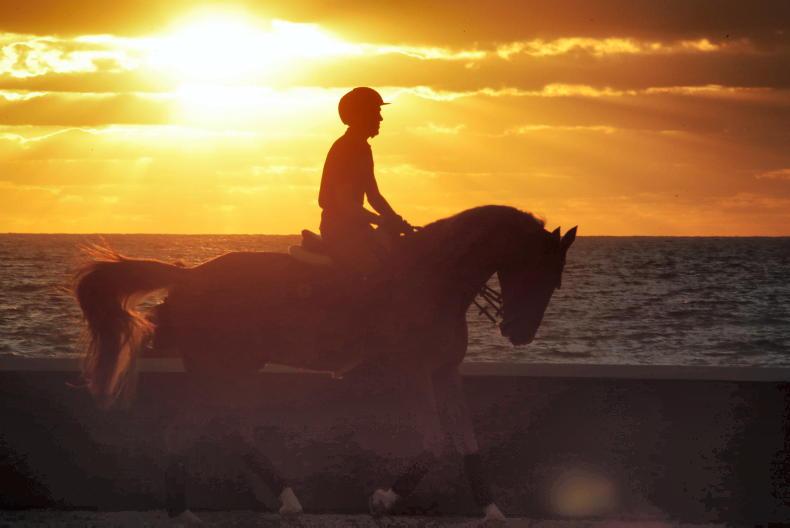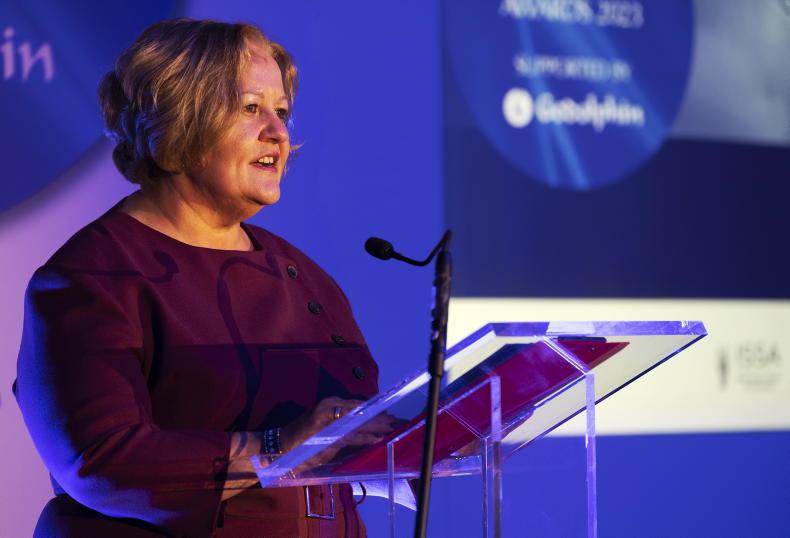WITH Budget Day 2024 just 10 days away, what can the Irish Sport Horse industry expect or hope for? Last year, Horse Sport Ireland, who distribute the funding into the industry, was allocated €5.2 million from the Department of Agriculture, Food and the Marine.
Despite a big pre-Budget push and an ambitious ask of €33 million, the funding allocation represented no increase on the previous year at a time when inflation was running riot. There has not been as much noise around Budget Day this year from Horse Sport Ireland who, three weeks ago, revealed they would be seeking an increase to the tune of €1.5 million in Budget 2024 from the DAFM.
The extra €1.5 million is sought for four key investment objectives; they are an increase in funding for HSI’s National Breeding Services schemes and initiatives, including new schemes (€500,000); its Integrity Programme, including National Anti-Doping Programme for young horses (€150,000); Genetic Improvements in the Irish equine industry (€250,000) and Grant in Aid (€600,000).
Last year, there were 10 primary asks and one of those was capital investment for regional equestrian centres, which is the subject of a news story elsewhere on this page. Mullingar Equestrian Centre’s Robert Fagan was representing the Equestrian Competition Venues Owners Alliance (ECOVA) and asked for the government’s help in accessing capital investment through the governing bodies, like the Irish racecourses can do through Horse Racing Ireland.
He outlined that investments in those centres around the country would in turn help keep talented horses and riders in the country. Let’s hope the ask didn’t fall on deaf ears!
Congratulations
A huge big congratulations to the breeders, owners, riders and grooms of the medal-winning horses from last week’s WBFSH World Breeding Championships for Young Horses in Lanaken, Belgium. Five medals for Irish riders – four of them on Irish horses – two gold in colour, two silver and a bronze. A phenomenal achievement. Hear from the breeders of the four Irish horses in Susan Finnerty’s analysis on pages 96-97.


 This is a subscriber-only article
This is a subscriber-only article
 It looks like you're browsing in private mode
It looks like you're browsing in private mode









SHARING OPTIONS: